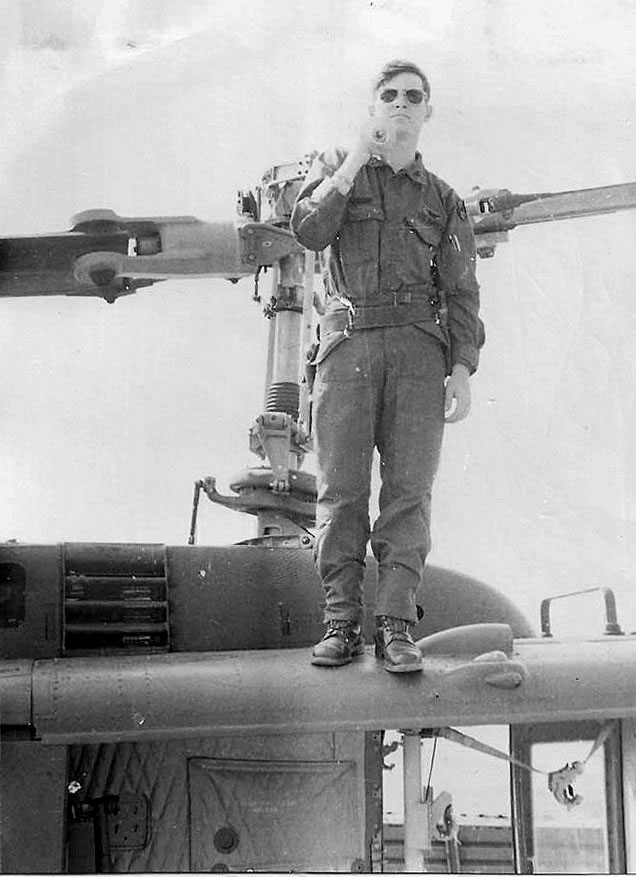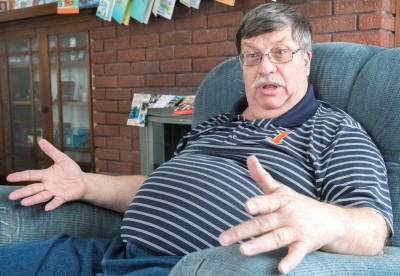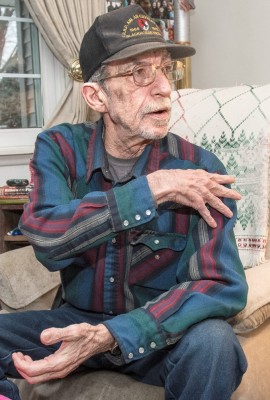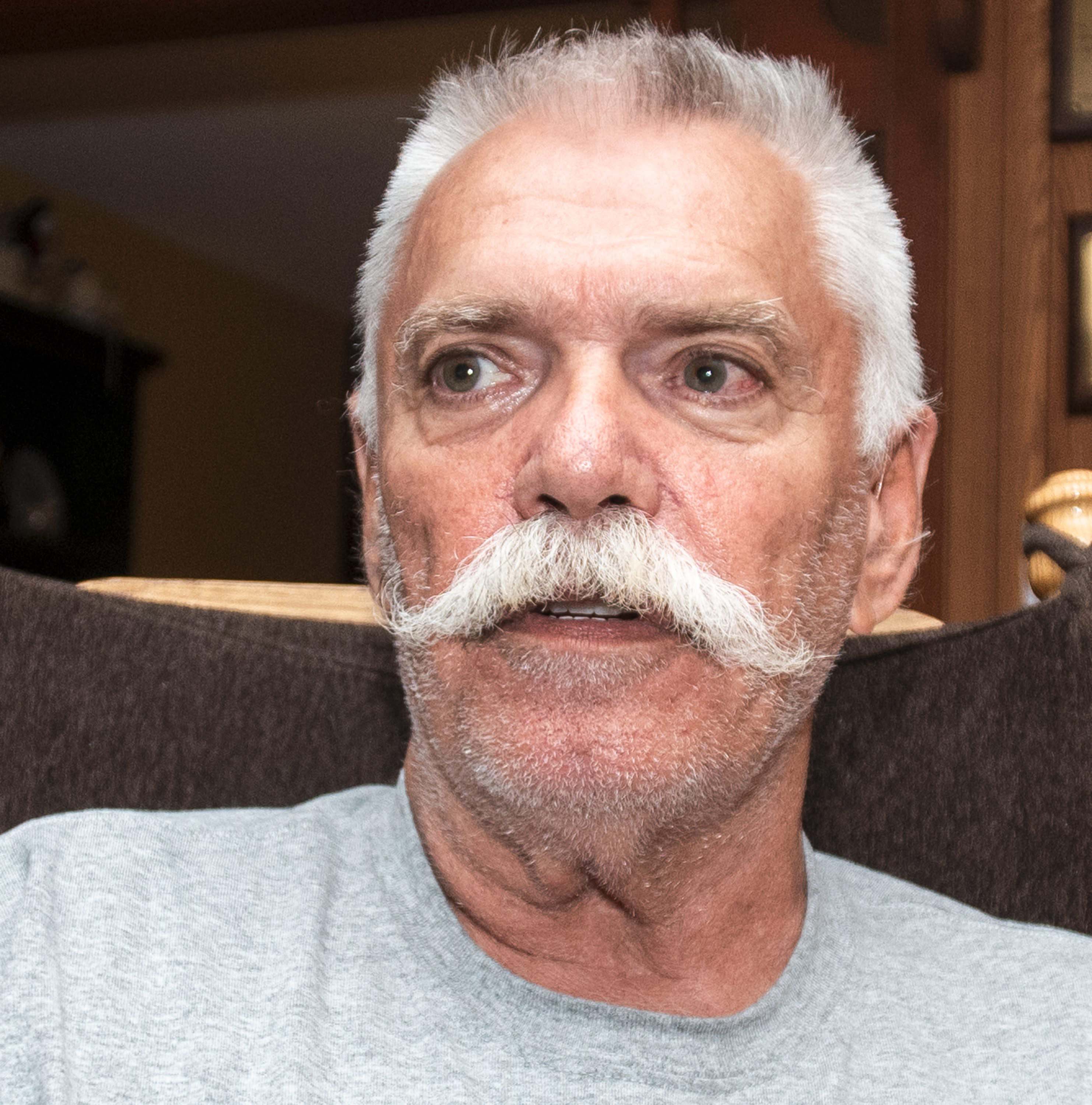Larry Ohlsson
By Paul Wood

Photo By Submitted photo
CHAMPAIGN — To rescue soldiers on the ground, Larry Ohlsson often flew his Huey helicopter through heavy fire in Vietnam.
He even saved North Vietnamese soldiers on rare occasions.
Born in 1948, he’d lived in Japan, Montana and Florida, among other places, as a military brat. For a couple of those years, he lived in Champaign.
He graduated from high school in 1966, and because his lottery number made being drafted likely, he enlisted instead to get a better assignment.
“I was going to be a radio guy,” Ohlsson said, “but then I thought about flight school.”
His good balance and sharp eyes took him to flight school at Fort Wolters, the Army’s Primary Helicopter School.
Officers asked a group of soldiers “who’s got fixed-wing experience?” and Ohlsson instead found himself training on a Hughes TH55 light helicopter.
After medical training for the wounded he would be transporting, Ohlsson arrived in Vietnam Dec. 10, 1969.
He can remember the exact day because it was his 21st birthday.
“It was still going pretty heavy,” he said of 1970. “The Tet Offensive was over. We were generally fighting the North Vietnamese Army, not the Viet Cong.”
Ohlsson was on three days, then off the next day, and so on.
And those shifts could be really full.
“Some days we’d go out six, seven, eight times,” to pick up the wounded, sometimes once,” he said. The missions could range from the routine to the very urgent.
“You get pretty close with the medics,” he said. “You can learn a lot from them,” calling what they did “magic.”
The missions could take place at any time, and there could be just one of several soldiers needing to be picked up, challenging the Huey’s capacities.
The flights came under intense fire from the ground, but the NVA had no helicopters or planes in his area.
He estimates that he may have made almost 800 missions in his single year in Vietnam at Chu Li Base Area near Da Nang.
His ship was forced down three times. Once, an American soldier’s grenade rolled on the floor.
A soldier died on an early mission during “dustoff,” an emergency patient evacuation.
“I can still see his face,” the pilot recalled.
At another point, his crew chief was shot in the face, with a slug nestled near his jugular. “I could see it,” Ohlsson said. “He survived.”
Despite all of the rounds hitting his helicopter, Ohlsson recalls the time with some fondness.
“My tour was great,” he said. “I had a job I liked, even if it was hard at times.”
After the war, Ohlsson realized that he, in fact, had PTSD. He has had therapy visits at the VA Illiana Health Care System.
Now, in an Elks program, he encourages veterans to seek treatment.
“If you weren’t there, you don’t understand,” he said. “It’s good to talk to people who understand.”
Do you know a veteran who could share a story about military service? Contact Paul Wood at pwood@news-gazette.com.
Read more stories from local veterans:
 Steven Morenz
CHAMPAIGN — Steven Morenz, a top-secret coder during the Vietnam War, just came back from a Land of Lincoln Honor Flight …
Steven Morenz
CHAMPAIGN — Steven Morenz, a top-secret coder during the Vietnam War, just came back from a Land of Lincoln Honor Flight …
 Larry Soliday
URBANA — Larry Soliday served in an elite unit that did everything from helicopter rescues to fighting in enemy tunnels. …
Larry Soliday
URBANA — Larry Soliday served in an elite unit that did everything from helicopter rescues to fighting in enemy tunnels. …
 Phil Wilhelm
MAHOMET — Phil Wilhelm’s body still carries within it shrapnel dating to his two tours of duty in Vietnam. The sergeant, …
Phil Wilhelm
MAHOMET — Phil Wilhelm’s body still carries within it shrapnel dating to his two tours of duty in Vietnam. The sergeant, …